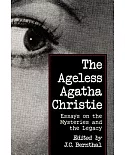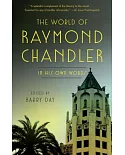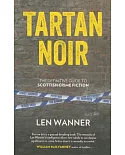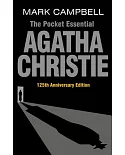The author examines how literature by American authors from the 1830s to the 1930s used the analytical strategies and tools of the classical detective fiction genre while dismissing its
formulaic nature, using its genre conventions to represent racialized labor, racial separation, and interracial social relations and economic interdependence. She argues that the origins of
detective fiction in the US connect to structures of socioeconomic life, revealing industrial aspects and racial categories. She explores Mark Twain’s No. 44, The Mysterious Stranger, Edgar
Allan Poe’s The Man That Was Used Up and The Gold Bug, Nathaniel Hawthorne’s Mr. Higginbotham’s Catastrophe, Robert Montgomery Bird’s Sheppard Lee: Written by Himself, Pauline Hopkins’ Hagar’s
Daughter: A Story of Southern Caste Prejudice, William H. Holcombe’s A Mystery of New Orleans: Solved by New Methods, Chester Himes’ The Big Gold Dream, and Rudolph Fisher’s The Conjure-Man
Dies: A Mystery Tale of Dark Harlem. Annotation ©2016 Ringgold, Inc., Portland, OR (protoview.com)





















